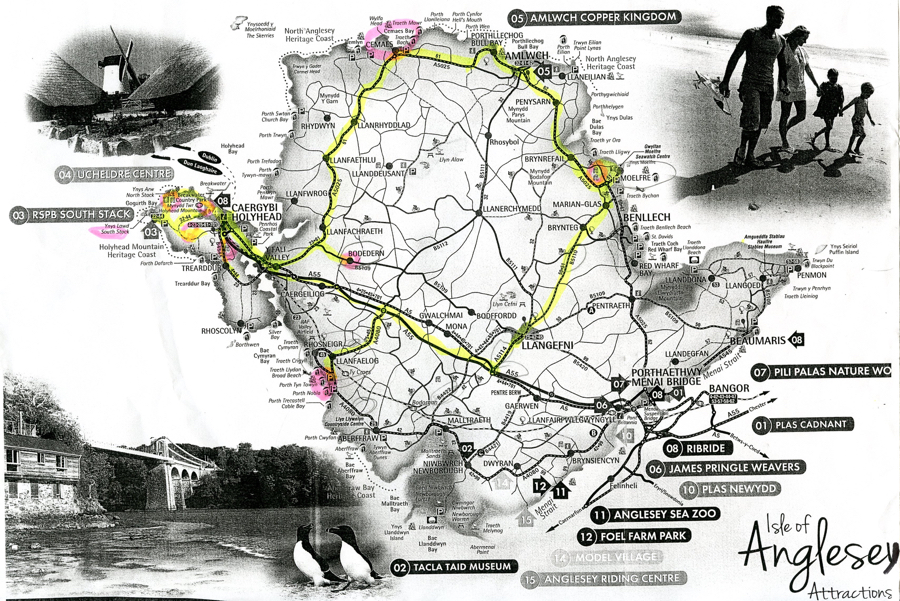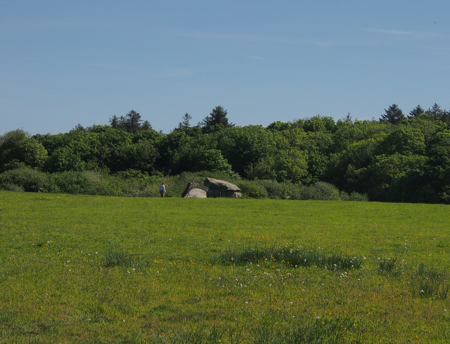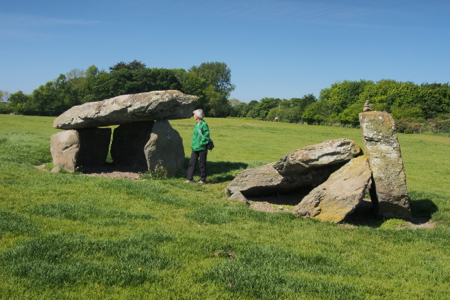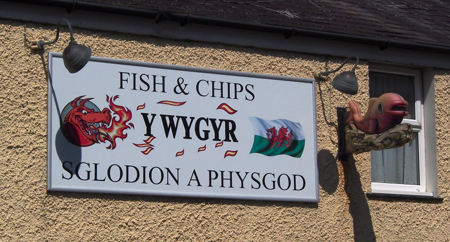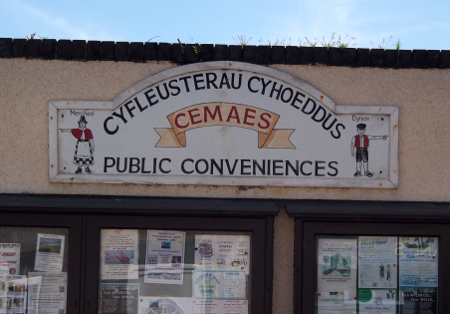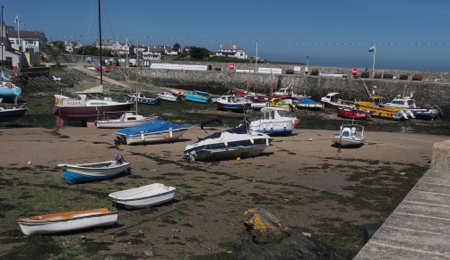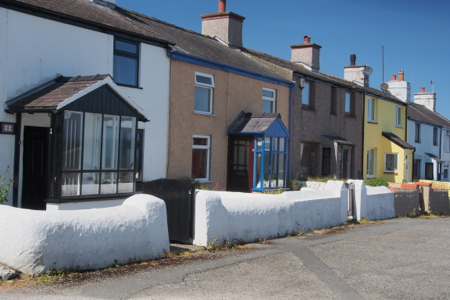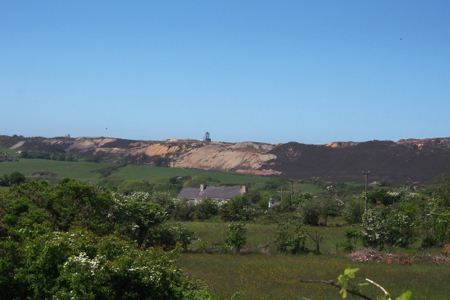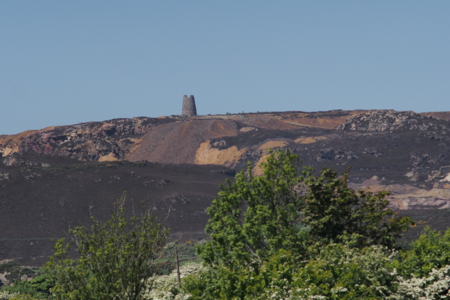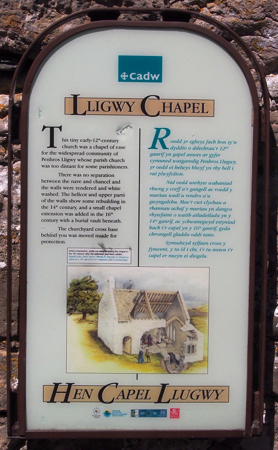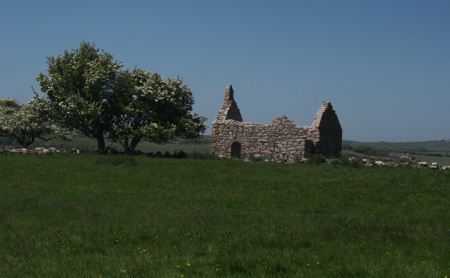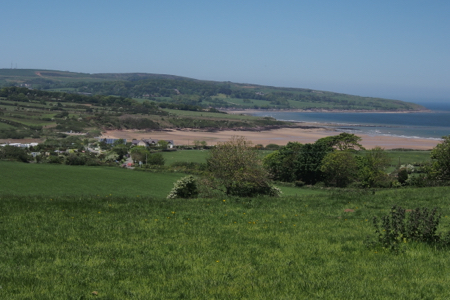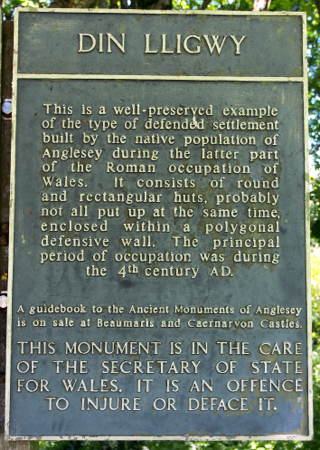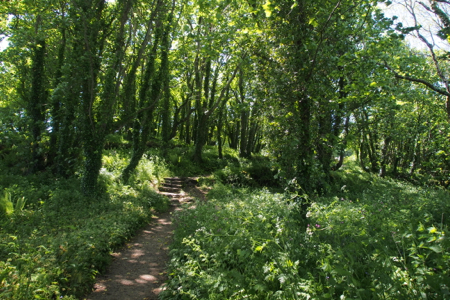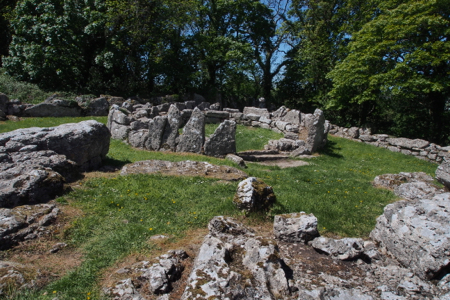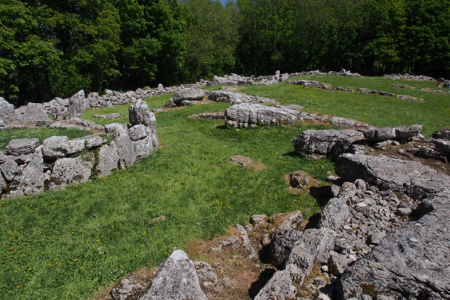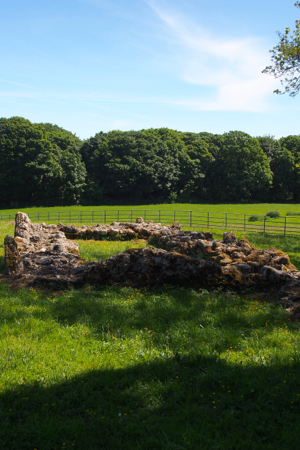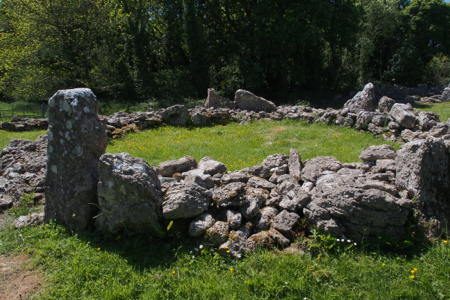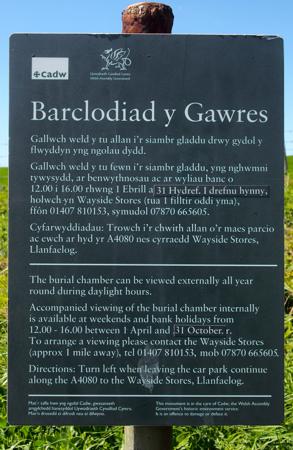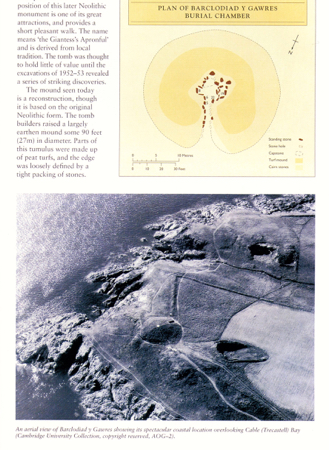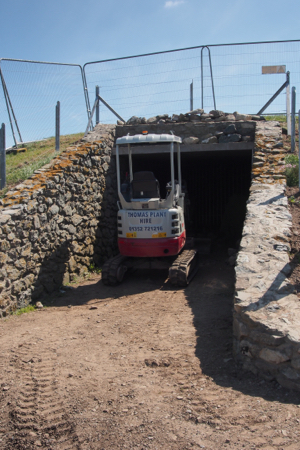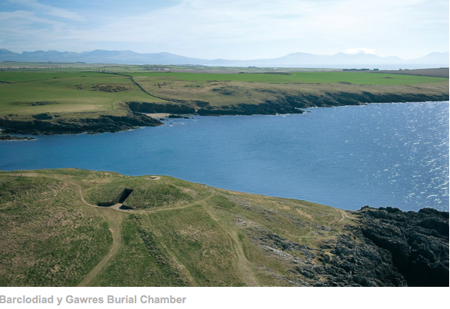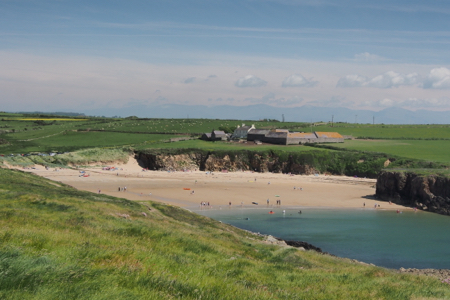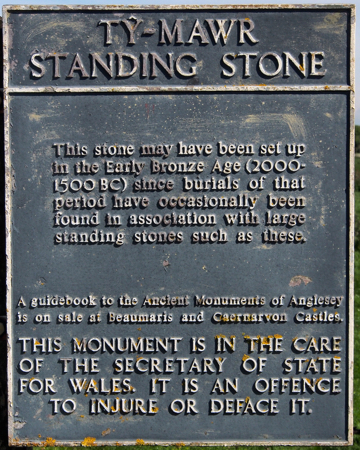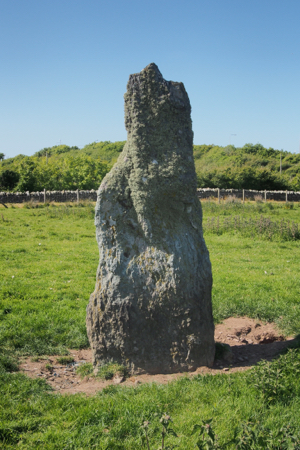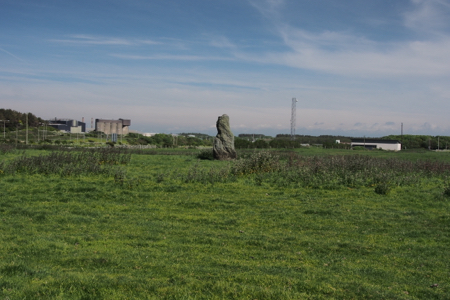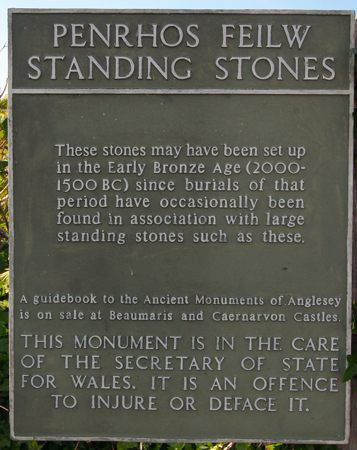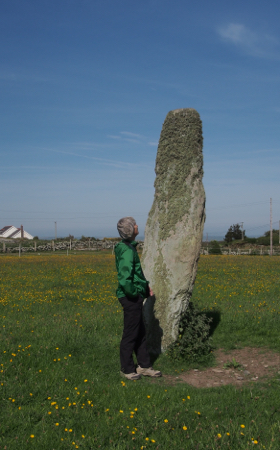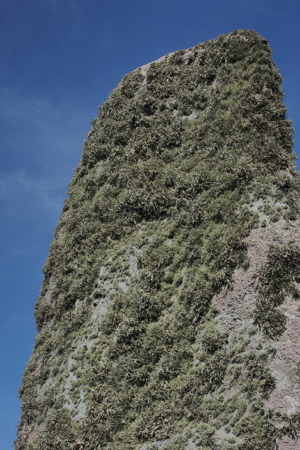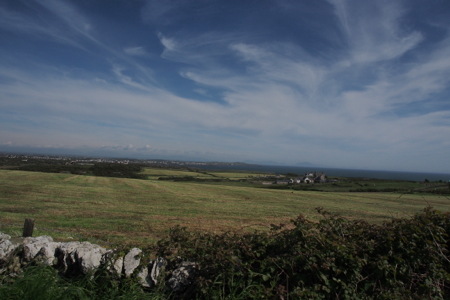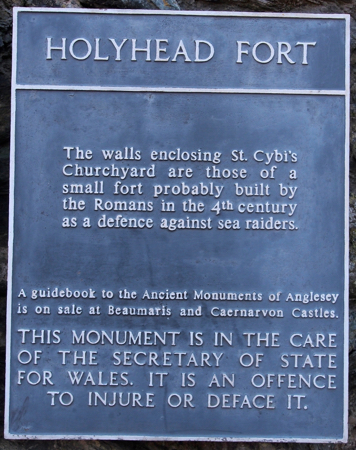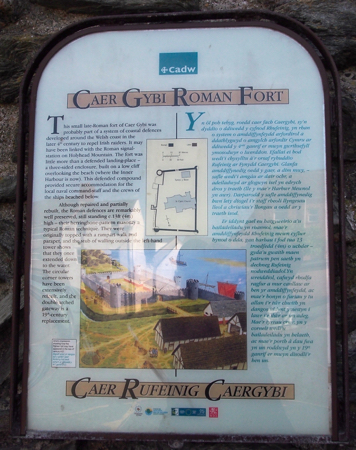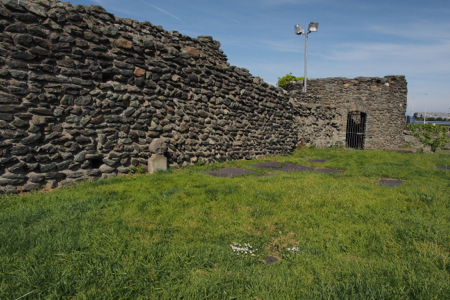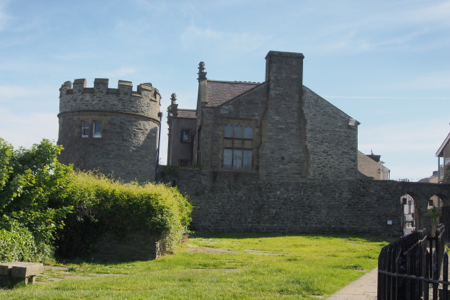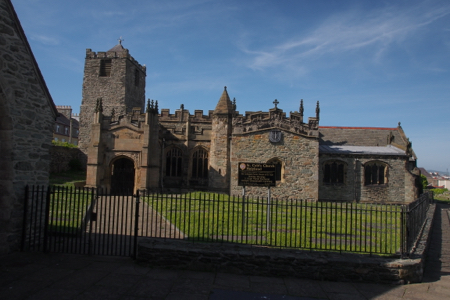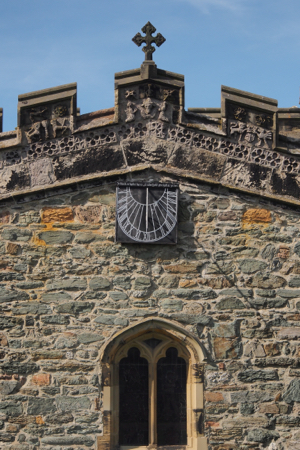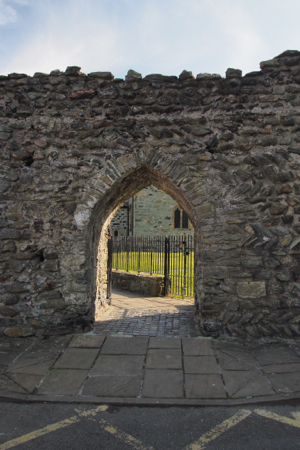Tues., 5/31/16 – Holyhead, Wales
What a wonderful day Marge and I had today! It was sunny, the sky was blue, and the beautiful Welsh countryside green and lush. Since we had done the tour that the groups would do today, not once, but twice, we rented a car and took off on our own. It was an adventure! First of all, even though the Hertz agency was in the ferry/port terminal we were not allowed to walk there because it is a working port and dangerous. We did not find out until much later that the Stena Ferry Line shuttle buses would transport us so we waited an extra hour for our ship tour bus to take us to the terminal.
We had reserved a Ford Fiesta with manual transmission (automatics are more than three times as expensive to rent), and, of course, right-hand drive. It was bright red! Marge drove and I navigated with the not too detailed maps we had collected.
Our mission was to find some of the ruins and standing stones Marge had researched before we left home. It was like a scavenger hunt using a British car and driving around narrow one-lane roads that took two-way traffic. There was usually a pasture wall or a hedgerow right at the edge of the pavement. I could have picked a bouquet of flowers out of the window. We have bike paths wider than many of the roads we were on today.
We headed off of Holyhead Island onto Anglesey Island and tuned north to find the Presaddfed Burial Chamber near Bodedern (don’t even try to pronounce the Welsh names, it is nearly impossible until you get the hang of it). We found the stones of two Neolithic communal burials: one, a large flat stone sitting on top of five standing stones, and a similar structure partly collapsed.
We drove around some more to find “petrol” to fill the gas tank before returning the car to Hertz. It cost 9.65 British pounds ($14.50) to have driven 100 miles on this adventure. We parked the car at the ferry terminal and asked three people before the security lady called a Stena Lines shuttle bus to come and take us to the MV Corinthian. We got back to the ship at 6 PM after a wonderful, fun 8-hour excursion.
After dinner we were entertained by a male Welsh choir. The director was 93-year-old and introduced each piece with a bit of dry Welsh humor. The singers were all over 65-years-old but they were quite good. We enjoyed their entertainment.
(Please don’t think I misspelled all of these place names. They are Welsh names and the Welsh language is like no other!)
| Return to Top | Return to Itinerary | Return to Trips page to view other trips | Return to Dreamcatcher Home Page |
